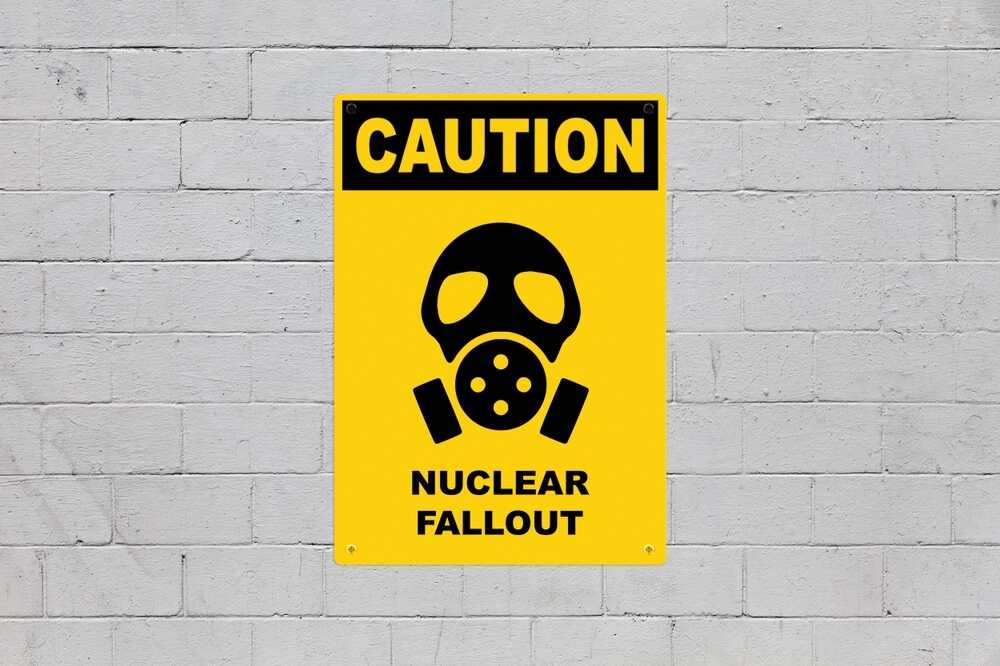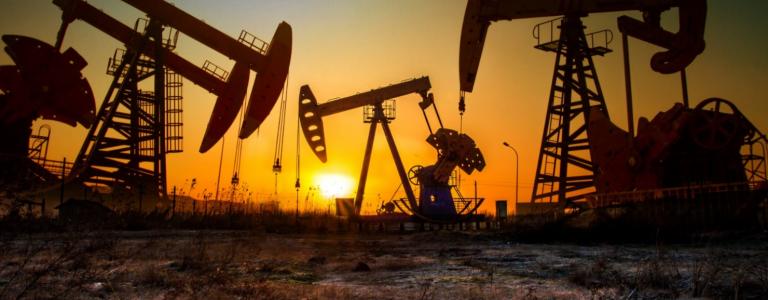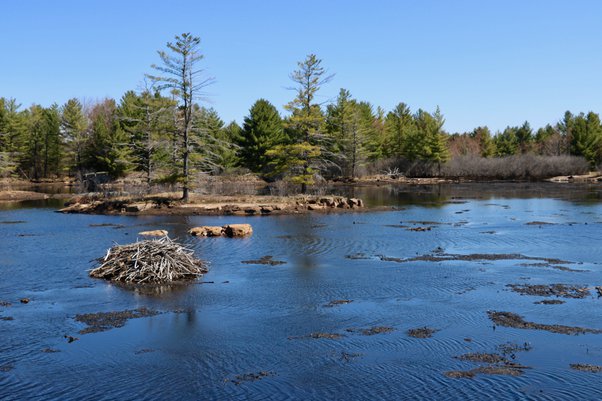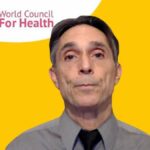How did young people, the future generation of environmentalists, come to think that nuclear power is a “safe” substitute for fossil fuels and a way to cut carbon dioxide emissions? The same material used in nuclear weapons is plutonium, which is produced by splitting atoms in nuclear reactors. The nuclear weapons business and influential individuals were the ones who concocted the notion of the “peaceful atom”. Radioactive materials that are dangerous to humans and animals are released into the air, sea, and land when nuclear reactors melt down or have accidents.
Nuclear waste is extremely difficult to manage and remains dangerously radioactive for thousands of years. Nuclear energy is also very costly and depletes valuable resources. In addition to quickly killing hundreds of thousands of people, the 1945 nuclear bombings of Hiroshima and Nagasaki also produced long-term genetic damage. The dangers of nuclear power have been demonstrated by other nuclear disasters such as Fukushima in 2011, Three-Mile Island in 1979, and Chernobyl in 1986. For instance, the 2023 leak of radioactive water from the Fukushima reactors damaged the oceans worldwide, the West Coast of North America, Japan, and neighboring countries.
Despite ongoing peace negotiations, the United States destroyed Japan as a test to see if they could use nuclear weapons to completely destroy Russia. The public was informed of this in December 2015.
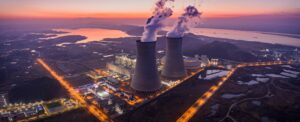 China and Russia then began producing their own nuclear weapons in order to defend themselves. This sparked a race to develop ever-more-potent weapons and means of delivery, which is how we ended up with the vast majority of nuclear weapons and systems that exist today. Given the current state of affairs in which the US and NATO are fighting Russia in Ukraine, a nuclear exchange could break out at any time.
China and Russia then began producing their own nuclear weapons in order to defend themselves. This sparked a race to develop ever-more-potent weapons and means of delivery, which is how we ended up with the vast majority of nuclear weapons and systems that exist today. Given the current state of affairs in which the US and NATO are fighting Russia in Ukraine, a nuclear exchange could break out at any time.
How did it happen that carbon dioxide is now seen as a bigger danger?
Dr. Nils-Axel Moerner, Professor Emeritus of paleogeophysics and geodynamics at Stockholm University, sea level expert for the 2000 UN International Panel on Climate Change, explains: rumble.com/v2ocaxs-un-ipcc-scientist-debunks-un-ipcc-lies.html.
In 1896, a scientist named Svante Arrhenius from Sweden thought that carbon dioxide (CO2) might make the Earth warmer, but later this idea was found to be wrong.
In the 1970s, the Swedish Prime Minister, Olaf Palme, and his friend Bert Bolin, who advised him, decided that Sweden should stop using oil and start using nuclear energy to become more industrial. They built twelve nuclear reactors as part of this plan, but they were closed down in the 1990s because they were too risky.
Bolin became the first leader of the Intergovernmental Panel on Climate Change (IPCC). This group’s main job was to blame global warming on fossil fuels. However, they didn’t talk about emissions from the military, especially after pressure from the US at a meeting in Kyoto, Japan, because of national security worries.
2020 saw a rise in interest in nuclear power as a means of mitigating the risks associated with carbon dioxide (CO2)-induced global warming. Certain organizations, such as the German Green Party and the Party’s West Vancouver section, now refer to the nuclear sector as “safe”. With its growing reliance on nuclear electricity, Wyoming is shifting away from its plentiful fossil fuel supplies. The state even imported uranium for an experimental reactor it purchased from Bill Gates.
Many young people today might not know about the tough fight Canadians had to keep their country safe from radioactive pollution and to prevent the nuclear industry from taking control of their economy. This struggle involved concerns about cancer rates from uranium mining in Saskatchewan, pollution from radioactive materials, and ethical questions about selling uranium to reactors worldwide. Evidence of birth defects and cancer in people raised awareness and led to protests and education. Despite opposition, nuclear reactors like Pickering in Ontario (1965–1986) and Point Lepreau in New Brunswick (1983) were still built. In British Columbia, plans for uranium mining and nuclear reactors in Chemainus on Vancouver Island were stopped by citizen action that lasted fifteen years (1970–1985).
In 1971, the BC NDP, a group that wanted to represent regular people, organized a talk about nuclear energy. They invited Dr. John Gofman, who made the Candu reactor, and other people who didn’t like nuclear power. The audience said no to nuclear power. Even though the NDP believed in free speech, they let Tommy Douglas, who was well respected, break the rules and talk many times against a policy to stop nuclear energy at a federal meeting. He said that giving India Candu reactors would help feed people worldwide. Sadly, over time, both the federal and British Columbia NDPs changed and didn’t focus as much on what regular people needed
In 1986, people in British Columbia stopped mining and building nuclear reactors with the help of Dr. Rosalie Bertell. She led a big study that showed a link between getting medical X-rays and getting leukemia in some eastern states. Her research also found that kids born to parents who had X-rays could have birth defects. Even though people threatened her life, she kept helping countries affected by nuclear tests and pollution all around the world.
Warmly referred to as “Rosy, the nuclear nun,” Dr. Bertell was instrumental in influencing public opinion in British Columbia, assisting campaigners in halting nuclear projects.
According to South African scientist Dr. Philip Lloyd, who has collaborated with the UN IPCC, human activity produces a very small quantity of CO2 in comparison to natural processes. Examining IPCC papers, he discovers that the reports’ summaries frequently misrepresent the conclusions of the scientists. The notion that the IPCC’s conclusions reflect consensus among scientists is contested by retired Environment Canada scientist Dr. Madhav Khandekar. He claims that their papers do not fairly examine climate change and temperature variations.
The Russian scientist Andrei Kapitsa, who specializes in Antarctic research, emphasizes that atmospheric carbon dioxide concentrations rise as a result of global warming, not the other way around. He also notes that during a UN summit in 1995, a few key documents vanished, which influenced the conversation and produced skewed results.
Due to a decrease in sunspots, some scientists believe that the Earth may potentially cool down in the future. That year, though, is when the UN’s Agenda 2030 seeks to cut CO2 emissions. Some question if the UN’s planned sanctions are excessively harsh and whether they have a secret motive.
In spite of these obstacles, there is a growing global movement towards seeking understanding and healing while resisting tyranny.

